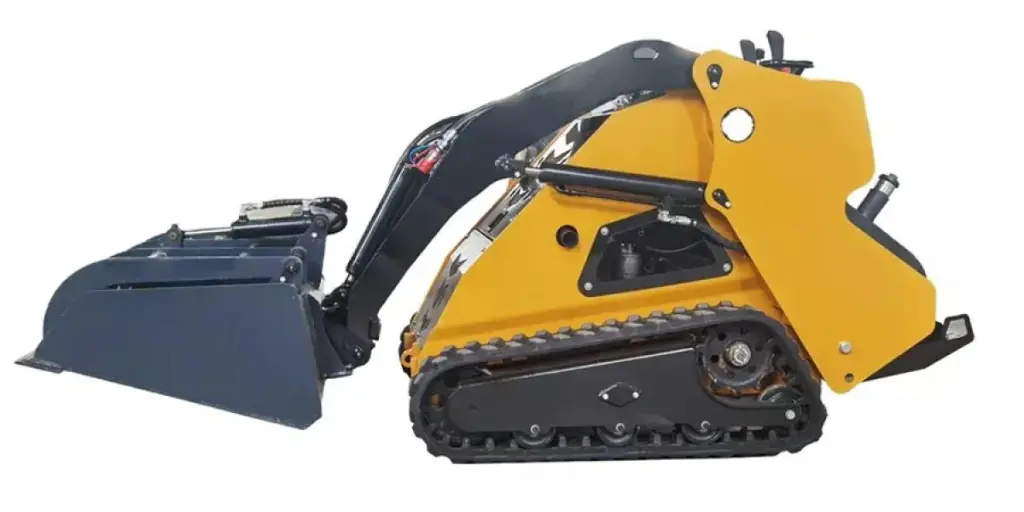Rapid changes in the technological world have facilitated unique and progressive trends in the construction equipment industry. Construction machinery has become fuel efficient, smarter, and environmentally friendly.
Innovative technology is undoubtedly impacting the construction industry in many ways. Today’s advanced construction equipment can communicate with the operator, alerting the owner when repairs are needed and showing how deep the operator can dig. And one may wonder what construction equipment trends to expect in the future.
This article highlights the designs and technological trends that will significantly affect construction equipment in the future.
Table of Contents
Global market size for construction equipment
Construction equipment trends to watch out for
Conclusion
Global market size for construction equipment
Although the global market size for construction equipment experienced a lower growth rate of 2.6% in 2020 and was valued at $133.37 billion, it is projected to improve to a compound annual growth rate (CAGR) of 6.6% from 2021-2028, reaching $222.14 billion.
The rise in CAGR is caused by:
– Increased commercial, industrial, and residential construction activities that need more efficient equipment;
– The rise in government investments in infrastructure, especially in the developing world;
– Consumers’ desire to use fuel-efficient and advanced equipment to track work and reduce operational costs.
Construction equipment trends to watch out for
Technology continues to impact the construction equipment industry, with several trends expected to affect the machine’s productivity. Consider the top eight trends to watch out for.
1. Smart technology for construction equipment
The current intelligent construction equipment only scratches the surface of what technology can do. In the future, the industry will witness various machine components communicate, thus enhancing predictive and telematic systems. This ability to share valuable data will help engineers and supervisors make quick decisions.
2. Wearable tech
Wearables are devices that construction workers put on while on the site. They use sensors to collect and relay data to other workers and the project manager. The sensors read the surroundings and transmit real-time reports.
Consider a few of these construction trends:
Smart boots: They have in-built charging technology to power other smart devices when the wearer walks throughout their shift. The smart boots help to track the worker’s location, while their pressure detection sensors help to detect small shocks or falls and summon help.
Smart glasses: Smart glasses help detect hazardous materials and alert the worker. They also warn about leading edges to protect the wearer from falls in elevated locations.
Smart helmets: These helmets have sensor bands for fatigue detection. The sensors measure workers’ vitals to determine when they need a break. Besides protecting a worker’s head from falling objects, some smart helmets are fitted with microsleep protection for enhanced protection.
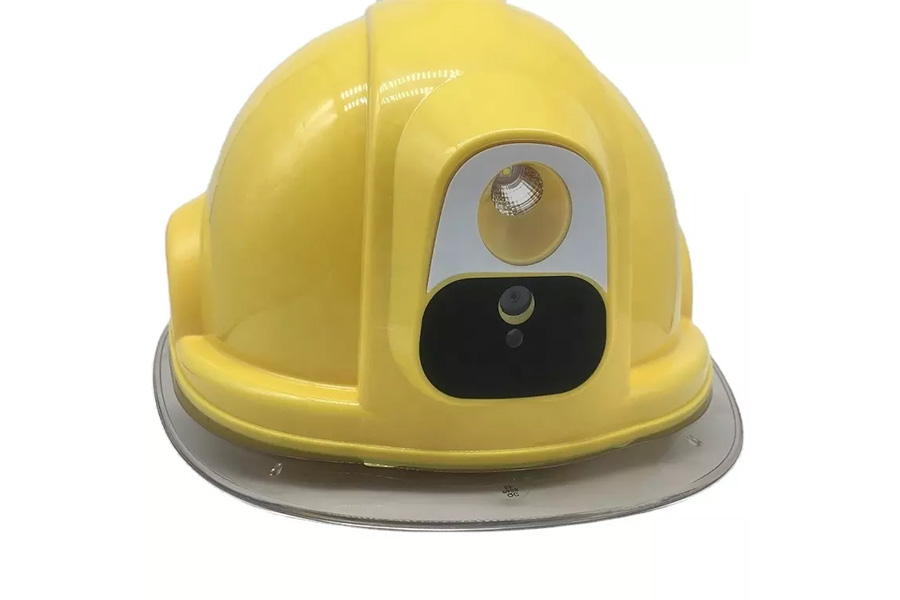
Smart safety vests: These smart wearables offer location tracking, emergency alerts, and data about worker activity and shift length. They keep workers safe, especially those operating in hazardous zones. The vest lights up and alerts the equipment operator of the wearer’s presence to avoid injuries.
Smartwatches: Construction smartwatches are equipped with augmented reality, cameras, and Wi-Fi to detect falls and alert safety officers for immediate response.
Even when operating heavy machines, one can use smartwatches since they enable hands-free communication. They can also monitor a worker’s vital signs to prevent exhaustion.

3. Fuel-efficient equipment
As the cost of gas soars, construction firms are interested in vehicles that will use less energy. Examples of energy-efficient construction machines that would enhance the industry’s sustainability include those with interfaces. This construction equipment has an “economy mode” that uses engine power only when needed.
4. Adoption of Building Information Model (BIM)
This technology trend continues to help construction industry leaders to improve work efficiency. BIM allows engineers to formulate and display computer rendering of the project and its utilities.
The supervisor can get real-time data to prefabricate parts, thus completing the project accurately and on time. Other valuable BIM software solutions affecting construction include ArchiCAD, Autodesk BIM 360, Revit, Trimble Connect, and Navisworks.
5. Use of artificial intelligence
The Internet of Things, robotics, and AI can significantly reduce building costs. Engineers and constructors can send mini-robots to a construction site with cameras to track work progress.
AI will continue to be used when planning electrical and plumbing systems in various modern buildings. It can also be used to develop and improve worksite safety systems.
It can alert supervisors of any safety issues, production issues, and real-time interaction between workers and machinery.
Even post-construction, engineers can collect valuable information about the building using drones, sensors, and wireless technology. The AI-powered algorithms provide insight into the structure’s performance, helping the supervisor monitor any problems, schedule maintenance, and direct human behavior to overcome security and safety challenges.
Although AI may not wholly replace human efforts, it will help alter the construction industry model, helping to reduce potential injuries and expensive errors and make operations efficient.
6. Rental services
Another trend to look for is rental business services. It seems to positively impact the global market, with countries like India and China expected to experience increased demand for rental services.
Manufacturers are building construction equipment that suits the rental service model. Rental companies will likely expand in the coming years as contractors look for ways to make capital investments.
7. Augmented reality
Augmented reality (AR) will likely impact preconstruction projects by making ideas tangible for buyers. It is a forward-thinking step and an invaluable tool for the construction industry.
It involves using sensors and camera technologies, combining sensory stimuli, digital elements and sounds to present data in real-time.
Here are some benefits of using AR in the construction industry.
Project planning and presentation: AR can show details of the construction plan to help parties involved visualize and create deep project understanding.
Real-time visualization of the project information: AR combines digital information and documentation, thus enabling employees, engineers, architects, and buyers to monitor the project’s efficiency at the site.
Helps to encourage teamwork: Construction projects are often complex and need effective teamwork. AR will ensure team members are fully involved since it focuses on error correction, problem-solving, and an ideal outcome.
8. Construction robots
These are automated machines that intend to reduce human involvement in construction projects. Although many people are worried that robots will take their jobs, they will mostly optimize jobs rather than steal them.
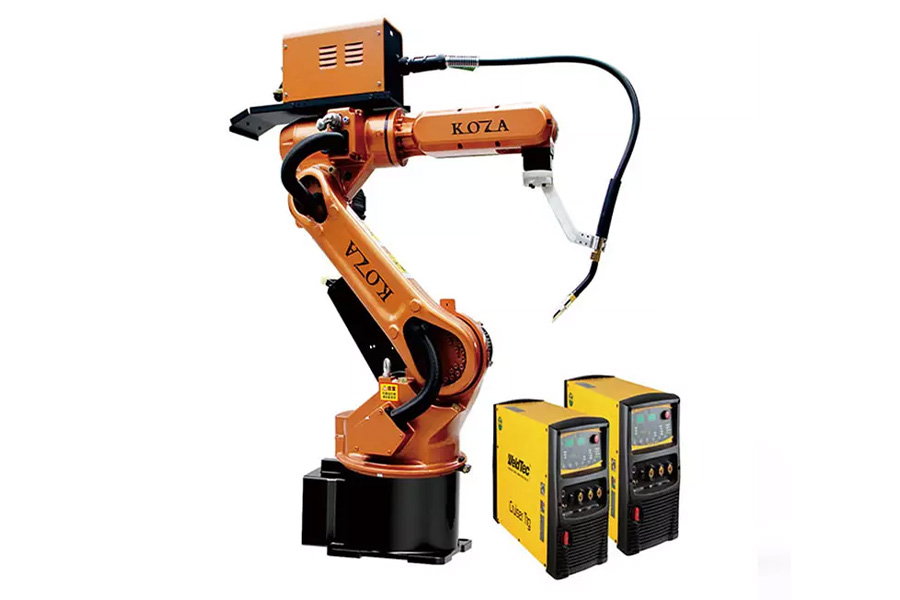
Some popular robots likely to change the construction industry include:
a) Industrial robots
Some industrial robots that will have a tremendous impact on construction include:
Articulated robots: They perform many functions from manufacturing to welding since they closely resemble human hands. Articulated robots can be used in construction sites because of their versatility.
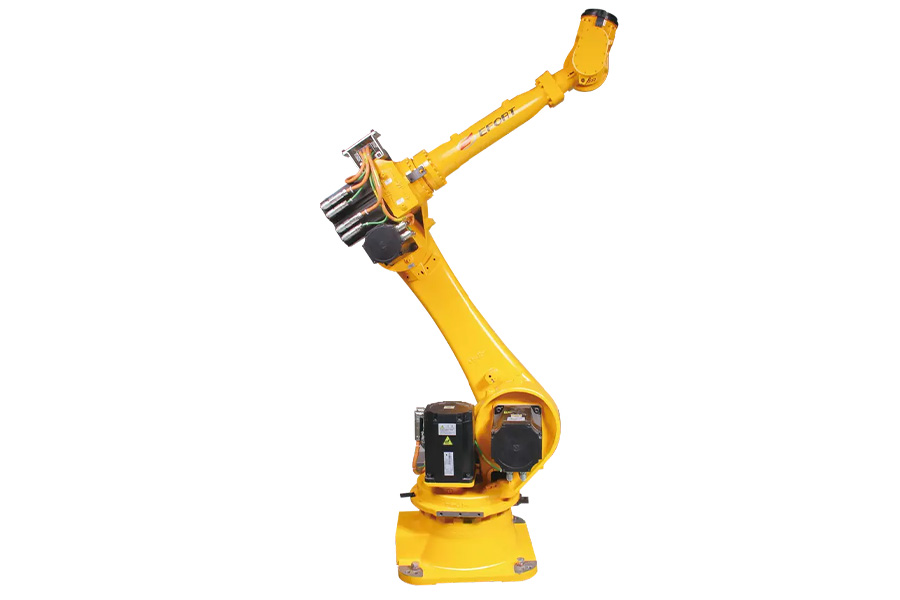
Cartesian robots: They are called gantry or liners and are designed for 3D printing. The construction industry continues to rely on 3D printing, making these robots unreplaceable.
Besides 3D printing, they use cartesian coordinates (X, Y, Z) to perform various tasks such as picking, carrying, and loading. 3D printing is quick, affordable and efficient, and could replace traditional home building.
Collaborative robots: They are designed to work with humans to execute tasks that would be challenging for robots or humans to do alone. Cobots will help solve the labor shortage trend in the construction industry.
b) Self-driving construction vehicle
As the automotive industry continues to work on self-driving cars, the construction industry is ahead with its autonomous construction equipment. Construction equipment manufacturers are upgrading heavy machines with AI systems to make them self-driving.
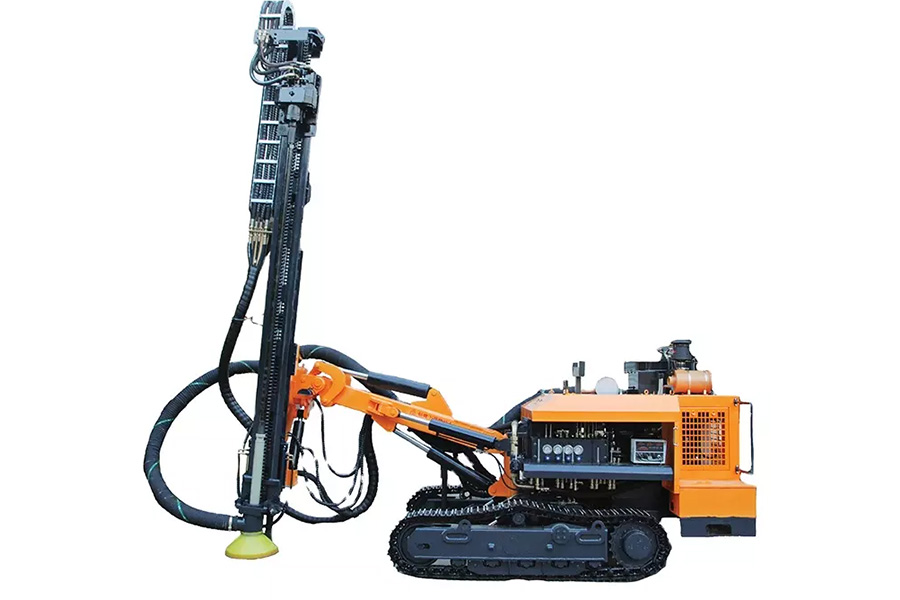
From autonomous crawlers, dozers CTLs, and excavators, companies want to enhance safety when constructing roads. Construction workers are constantly in danger when working on high-traffic streets; however, autonomous construction vehicles can significantly reduce human error.
Furthermore, self-driving construction vehicles will increase work efficiency and reduce costs.
c) Humanoid laborers
Recently, the construction industry has been experiencing a labor shortage, hence the need for robots. Humanoid laborers are designed to act like humans, thus filling in the labor gap.
Consider the HRP-5P, a humanoid robot that combines object recognition technology and environment detection features to accomplish various tasks. Though it is being developed, it can install drywall sheets and use power tools without human assistance.
Conclusion
Smart technologies are permeating the construction industry at an exponential rate. Manufacturers are looking for ways to enhance efficiency, increase productivity and reduce risks and costs for buyers. One does not need to wait long to see what will happen; modernization is here, and many are prepared for it. These trends will address various industry challenges, and buyers can take advantage of them.
